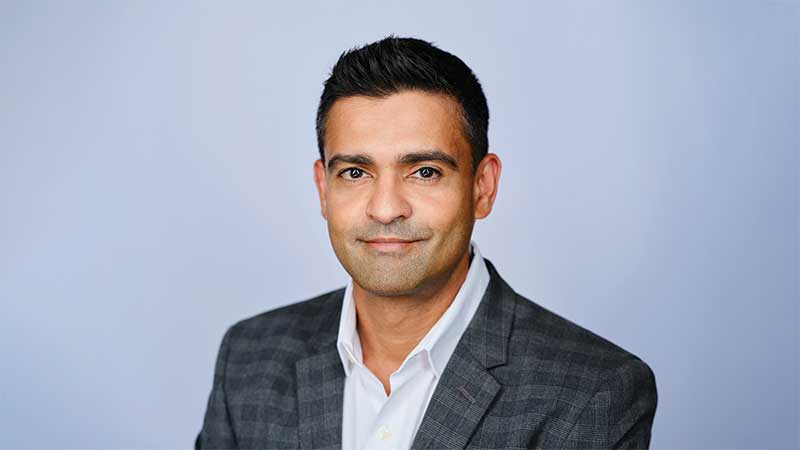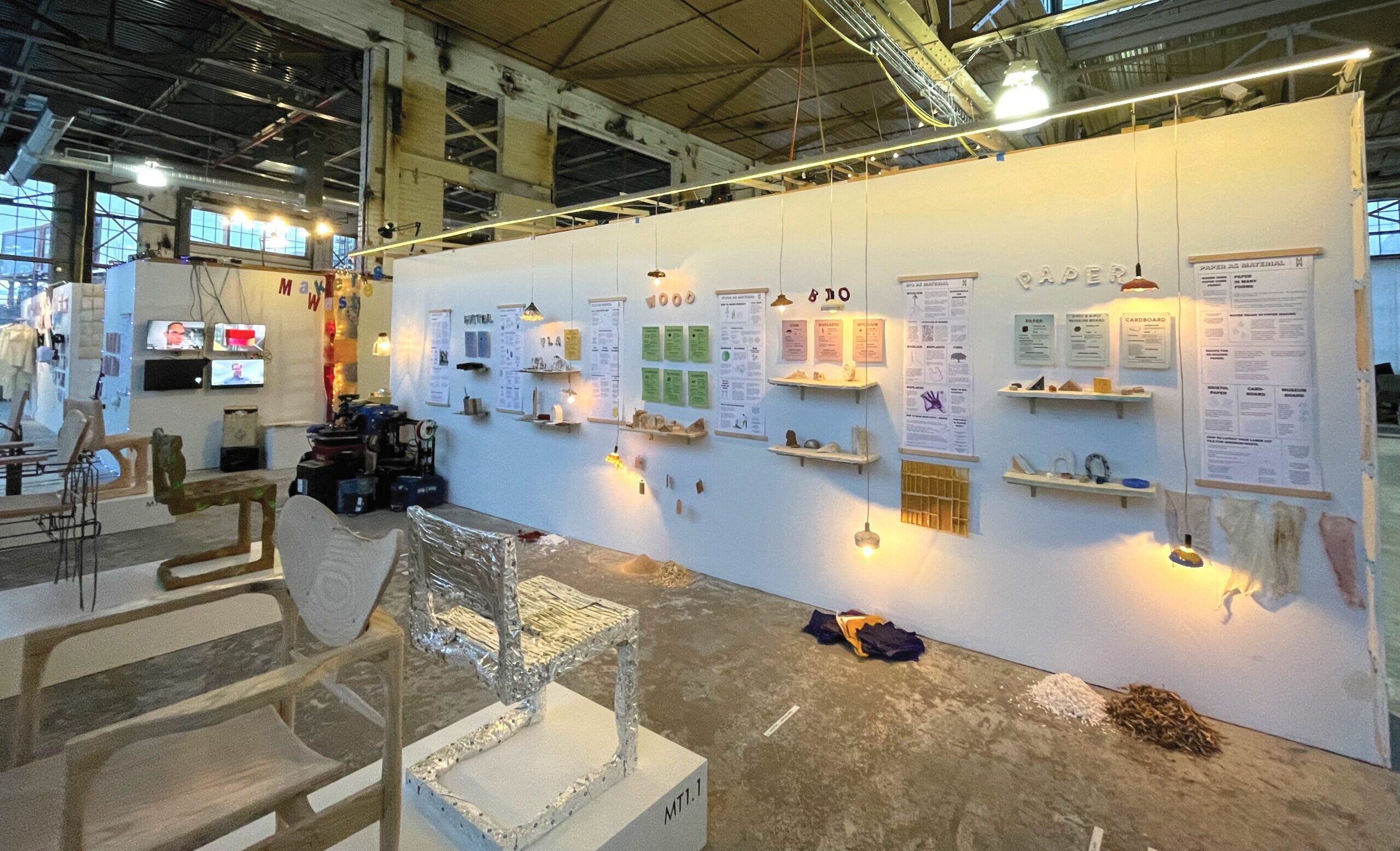Kartik Desai doesn’t want to work in a silo.
“When you’re in architecture school, you’re very aware of the magic of creating and designing buildings. What you only have an inkling of is that you’re not the only player. There are owners, clients, engineers, and everyone else. I realized I was also interested in some of the other aspects of what makes a building a building,” says Desai.
When Desai founded D&A Companies in 2018, it was an opportunity to do a hybrid of real estate development and architectural design while leveraging the talent, skills, and cohesion of his longtime team of colleagues and friends.
“It’s incredibly rewarding to have written the recipe, baked it, and then served it up,” says Desai, who is a firm believer that understanding both real estate and architecture leads to a better built environment.
“What we aim to do is create places where people want to live, want to be, and want to work. We’re making places for people. It’s not just designing for design’s sake. To envision it, then to see it gradually come to reality over a number of years, and then to see people occupy it. There are all these different thrills along the way. Of course, it’s interspersed with all the stresses, trials, and tribulations of getting a project done. But we get to conceive it, have a strong hand in designing it, and have a strong hand in actually executing it.”
Two such projects share a campus in Birmingham, Alabama. 2222 Arlington is the redevelopment of a modernist landmark into a class A office building. The Tramont is a luxury residential project — the city’s first concierge residence of its kind — with skyline views, a pool terrace, and a wellness facility.
Another project, Fall Park, is a mixed-use community in Gardiner, New York. A variety of houses and apartments, along with commercial, recreational, and agritourism facilities form clusters spread out over 100 acres to preserve most of the picturesque Hudson Valley property. “It’s not often the right ingredients come together to build something special at this scale,” says Desai. “We love working with communities that believe in placemaking and investors who believe in the value of good design.”
Desai says his Taubman College education plays a role in what he’s doing today, “Taubman is where I learned how to design buildings. I learned an approach that’s very rigorous, thoughtful, and disciplined. They made me into the designer that I am still.”
Having found his success, Desai wants to help current and future Taubman College students do the same. He gives to Taubman College not just because of how the college shaped him but because of how Taubman College is growing now.
“I am really proud of Taubman for not just pioneering things like the urban technology program, but also collaborating across campus with the business school and Weiser Center to build a truly interdisciplinary real estate curriculum,” he says. “I want to do what I can, not just to help Taubman and to encourage young architects to take more of an interest in real estate development, but also to encourage business and real estate students to be more design literate. I want to foster that interdisciplinary model.”
— Liz G. Fisher





